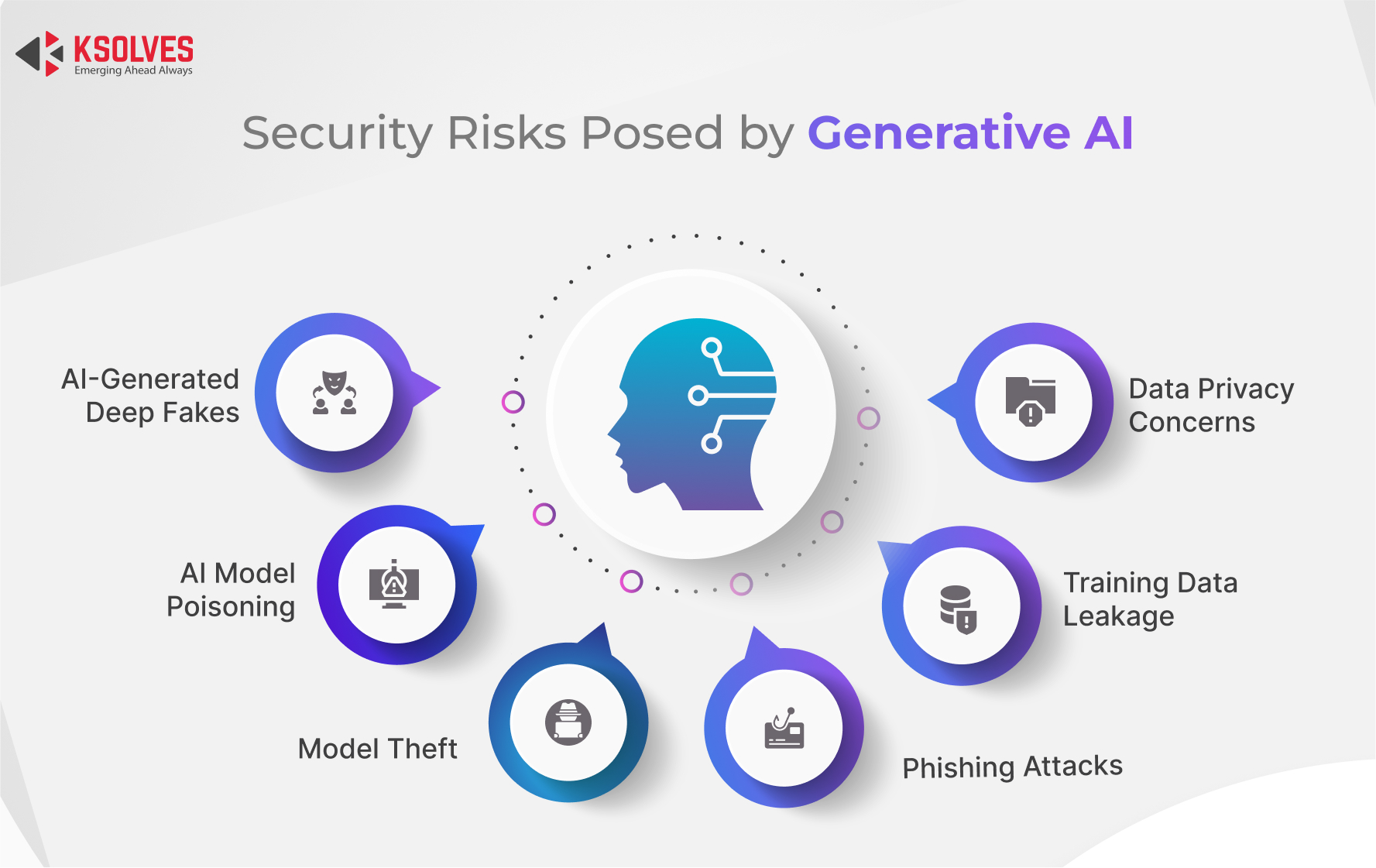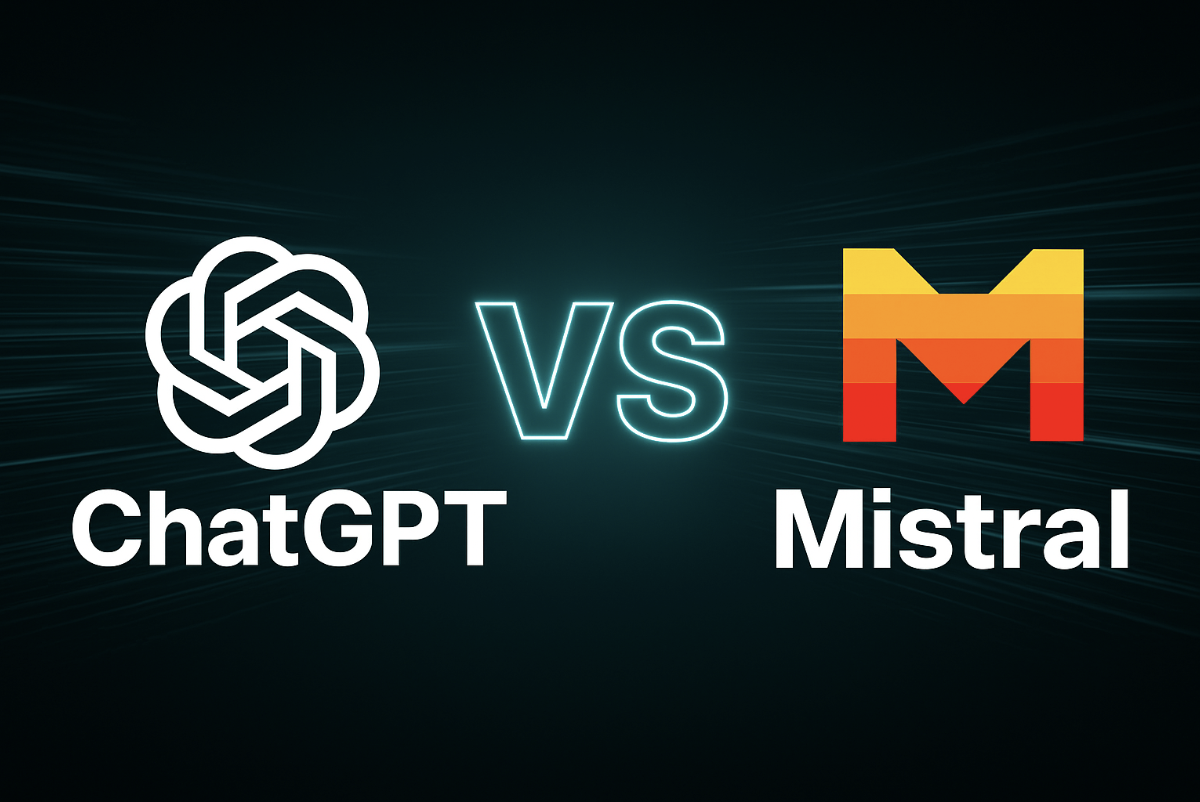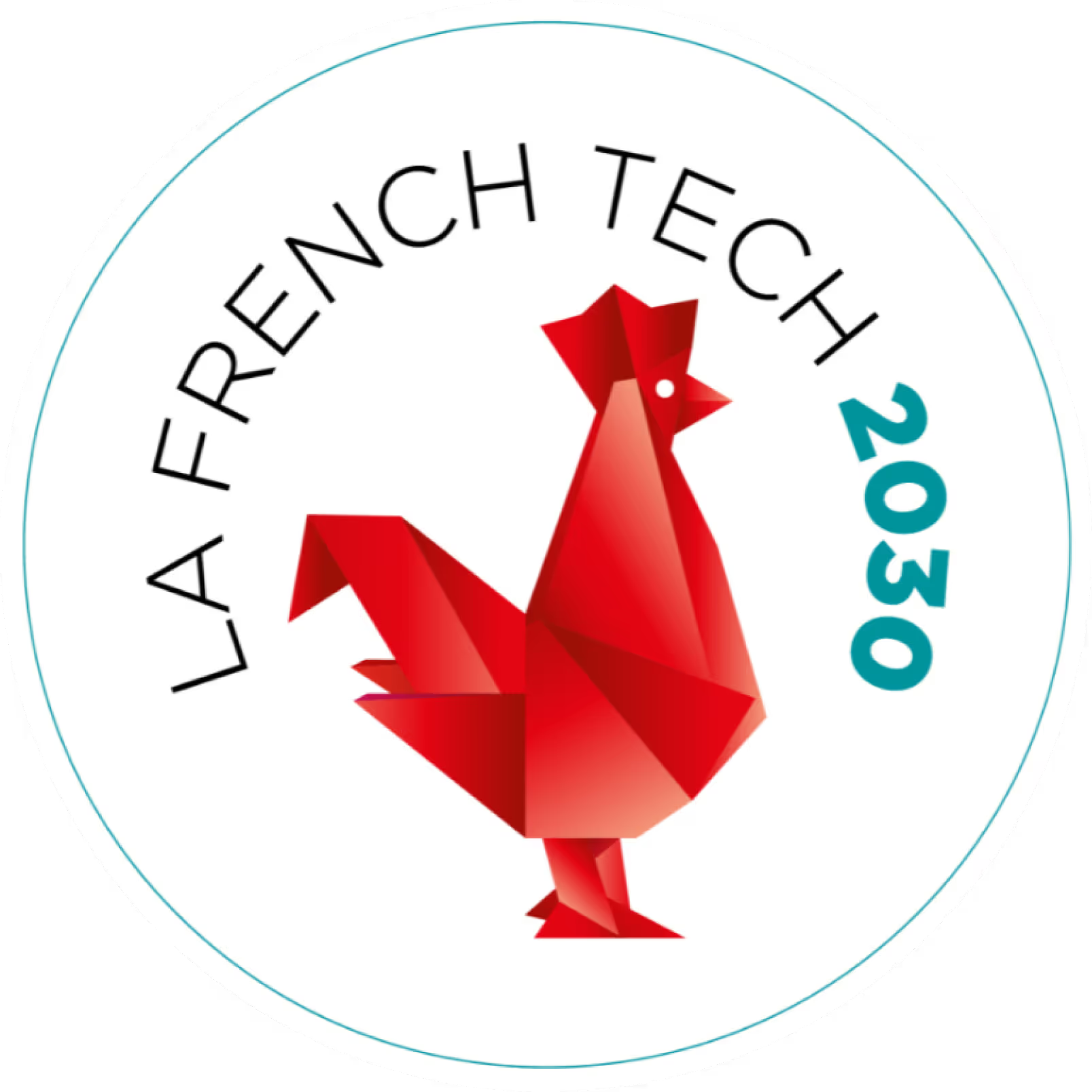How do you integrate generative AI safely into your business?

Generative artificial intelligence has become an essential driver of digital transformation in businesses. But its introduction is not without questions of security, governance, and the management of uncontrolled uses (“shadow GPT”). How, then, can generative AI be integrated without risk, while stimulating innovation? This article guides you step by step, based on industry references and a concrete case, to make this adoption a controlled success.
1. Understanding generative AI and its challenges in business
Generative AI tools, such as automatic language processing solutions (e.g.: ChatGPT, Gemini, sector co-pilots, etc.), make it possible to automate writing, summarizing, customer support, and generating code or reports. In business, their potential is immense: time savings, productivity, innovation.
But this potential comes with risks: data leaks, bias, regulatory non-compliance, loss of control over sensitive information, or the emergence of out-of-framework practices (shadow GPT).
AI security : Guarantee the confidentiality, integrity and protection of data manipulated by AI.
AI governance : Establish a framework of use, rules and clear responsibilities for ethical and transparent deployment.
Enterprise shadow GPT control : Limit the unauthorized or unsupervised use of AI solutions by employees, which can endanger the security and compliance of the company.

2. The main risks: AI security and shadow GPT
AI security breaches
- Sensitive data leak : Through ignorance, employees may unintentionally share confidential information with a consumer chatbot whose servers are abroad.
- Regulatory exposure : The lack of control can lead to violations of the GDPR or other sectoral regulations.
- Alteration of trust : The results generated by AI, unverified or not traced, damage the reputation of the organization.
The “shadow GPT” phenomenon
Under the name “shadow GPT” hide all these unofficial uses of generative AI by employees, without validation from the IT department or the compliance department. However, these practices are proliferating in the face of the ease of access of AIs on the web and the absence of a reliable internal solution.
In particular, this can lead to the leak of sensitive information, and a misalignment of teams on common issues related to the lack of collaborative aspect of these tools.
This shadow IT exposes the company to major cyber risks and to losses of control over its internal processes.
3. AI governance: the key steps for controlled deployment
Successful integration requires a methodical approach:
A. Business Process Audit and Analysis
- Mapping uses : Which jobs would benefit the most from generative AI?
- Identify sensitive data : Ensure that AI does not process critical information without adequate protection.
B. Define solid AI governance
- AI usage charter : Write clear rules about what is allowed or forbidden with generative AI: uses, limitations, necessary verifications <sup>3</sup>.
- Roles and responsibilities : CIO, CISO, business and HR departments: who drives what?
- Compliance : Take into account the RGPD, the CNIL, and the constraints specific to your sector. <sup>4</sup>
C. Choosing appropriate and secure tools
- Internal AI platform : Opt for generative AI solutions designed for the company, hosted in France and offering control over privacy, like Delos.
- Strong authentication and access control : Segment accesses according to user profiles and needs.
D. Raise awareness, train and involve teams
- AI workshops : Train employees in the responsible use of AI.
- Ongoing feedback : Create spaces for discussion to raise questions, incidents or suggestions.
- Operational support : Provide dedicated user support.
E. Establishing monitoring and control (anti-shadow)
- Monitoring flows and uses : Detect and block the use of unapproved chatbots (shadow GPT).
- Regular audit of usage logs : Follow the evolution of practices and adjust the governance policy.
- Animation of internal AI communities : Encourage the exchange of best practices and share feedback.
4. Practical case: deploying generative AI safely at Xtech Solutions 🏢
background : Xtech Solutions, a B2B services SME based in Île-de-France, notes that its teams are massively using public AIs to write emails, commercial offers and technical documentation. Very quickly, management worried about the accidental transmission of sensitive contractual information to these external services that are not under control.
Steps deployed:
1. Flash audit : The DSI maps software used clandestinely and real use cases.
2. AI governance charter : Drafting a policy, accompanied by legal validation, on the processing of data by AI.
3. Choosing a secure platform : Adoption of Delos, a generative AI office tool hosted in France, making it possible to centralize uses and guarantee compliance.
4. Team training : Organization of practical workshops to explain what can be done, how to anonymize data, and how to use Delos effectively.
5. Regular checks : Implementation of automated reports on access to mainstream AI sites, coupled with regular reminders of internal policy.
6. Balance sheet : In 6 months, unsupervised uses have fallen by 85%, and employees have access to support them to innovate... without risking the security of the company.
5. Checklist: integrating generative AI safely
- Identify use cases relevant and the data concerned
- Write a usage charter simple, legible and adapted to each category of employees
- Choose a secure platform (sovereign hosting, access control, log audit)
- Train each department on AI security: what to do... and what should never be passed on to an AI
- Detect and limit the shadow GPT through monitoring tools and transparent internal communication
- Involve stakeholders (CIO, HR, lawyers, professions) from the scoping phase
- Update the AI policy continuously according to technical and regulatory developments
6. Focus: why choose a platform like Delos?
In the age of shadow GPT, having a secure, audited, and enterprise-grade environment is no longer an option: it's a necessity. The Delos platform, developed and hosted in France, is distinguished by:
- Strict control over AI security : encryption, sovereign hosting, RGPD compliance, integrated monitoring of uses.
- An AI governance module allowing access rights to be administered, to centralize histories, and to guarantee traceability.
- An intuitive interface which makes it easier for everyone to get started, thus reducing the temptation of shadow GPT.
It is this type of solution that now allows businesses to increase productivity and innovation... without compromising security and compliance. <sup>5</sup>
7. Resources and references
To learn more about AI security, AI governance, and risk management:
- XDPO — Generative AI: how to deploy it in your organization?
- Guardia School — Protecting your business from the risks of AI
- Bpifrance BigMedia — How do you integrate AI into your business? 8 key steps to success
- Auvergne Rhône-Alpes Digital Campus — How to manage the use of AI in a company?
Conclusion: anticipate, supervise, support
Generative AI offers a great lever for transformation. But without a framework, it exposes the company to major risks: security, compliance, reputation. Investing in solutions designed for the business (like Delos), adopting a serious AI governance approach, and making AI security a shared reflex, means transforming innovation into a controlled competitive advantage.
Ready to take the next step with confidence?
Ready to begin with Delos?
Start using Delos now with unlimited credits for 15 days, or contact our teams for personalized support.

.png)





